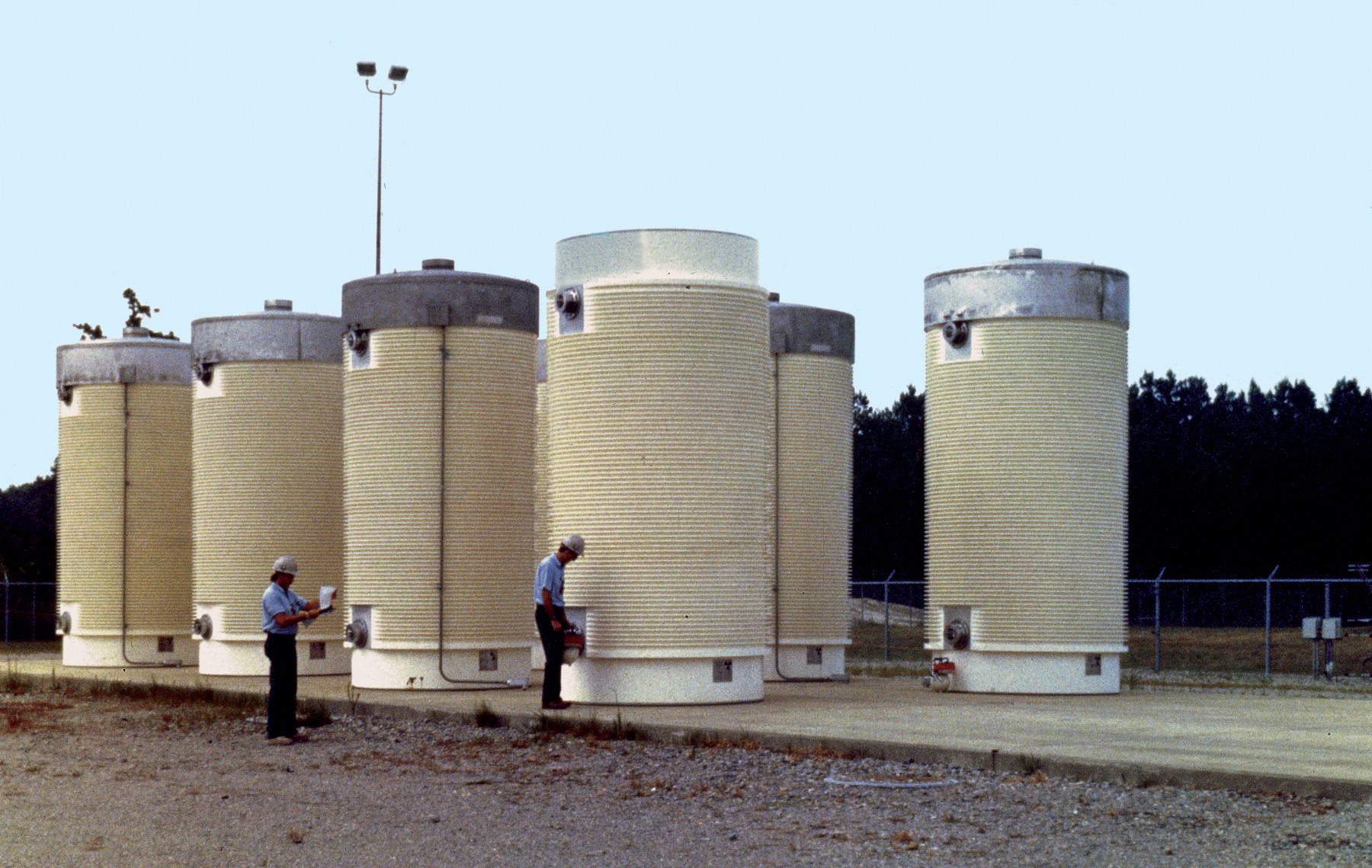Which alloy is the best fit for nuclear waste containers
Nickel-Chromium-Molybdneum alloys were selected as suitable materials for nuclear waste containers as they provide outstanding resistance to localized corrosion in conditions that may occur at the permanent repository site. It was crucial to determine if prolong exposure to low temperatures would be harmful to the resistance property of Hastelloy C22 , C4 and C276 alloys to localized corrosion. Initially subsequent to aging for 40,000 hours at 427oC, not any alloy showed precipitation of the second phase that could be harmful to their corrosion resistance. Although, immersion and electrochemical analyses described that after the prolong aging, their sensitivity to corrosion remains same.
Latest designs for the nuclear waste repository in America aim on the fully metallic multibarrier system, it is thought that in the presence of redundant specific barriers the flow of radionucliedes is prevented from the waste pack to the environment. The used fuel package will be placed in a durable double walled container. These containers are placed in excavated tunnels. The outer wall of the container will be made from carbon steel and internal wall of the container will be made from corrosion resistant alloy. It is not known if the internal barrier will be weld overlayed on the carbon steel or the carbon steel wall will be loose or shrink fitted over the internal wall. The outer carbon steel barrier has two purposes- it offers structural integrity to the container and offers cathodic protection to the inner, barrier.
The eligible alloys are used to develop the internal barrier should offer outstanding resistance to localized corrosion. The underground water contains halides that in the presence of oxygen and feasibly hydrogen peroxide, may cause localized corrosion in various alloys. Various corrosion resistant alloys were initially chosen as eligible materials for the container’s internal wall such as stainless steel 316l and Incoloy 825, although as a result of study conducted, it is found that both of these alloys are not fit for use as construction material of container.
Nickel base alloys have superior resistance to localized corrosion than iron base alloys. Localized corrosion resistance of different alloys in neutral and acidic conditions containing chloride at room temperature and at 70oC. It is discovered that resistance to localized corrosion increased in the order of:
SS 316 < Incoloy 825 < Inconel 625
Also the best performance of Hastelloy C276 bar is found among all considered alloys and it is because of higher concentration of molybdenum and tungsten in alloy C276 in the temperature range 25oC to 200oC in solutions of 0.1% NaCl to saturation. They discovered that alloy C276 provided superior corrosion resistance to crevice attack as compare to Inconel 65 and they features this performance by the higher concentration of C276.
In an electrolytic test, stainless steel 316l received localized corrosion, Incoloy 85 received pitting corrosion in an underground water containing 1000 times of chlorides and Inconel 625 also suffered from crevice corrosion. So it is determined that Hastelloy C276 is the best alloy for resisting localized corrosion.


